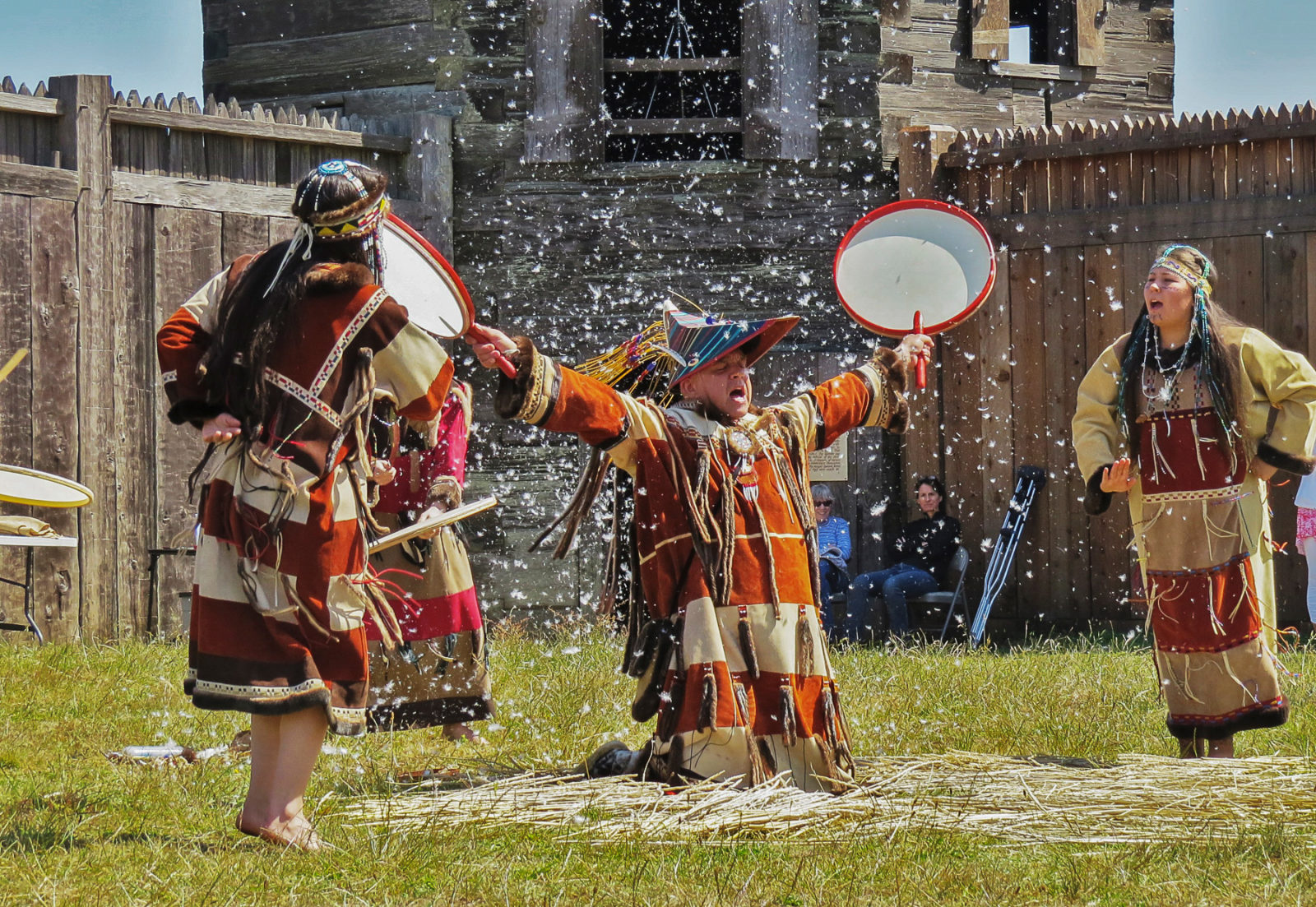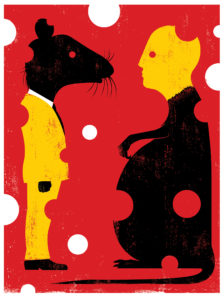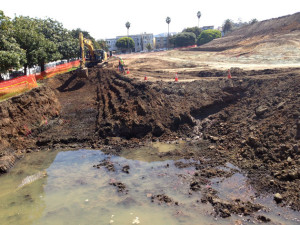
For drivers heading north on Highway 1 in Sonoma County, Fort Ross rises suddenly out of the mist. The fort features a tall wooden stockade enclosing a traditional Russian Orthodox chapel, several buildings, and two defensive towers. It was established by the Russian-American Company (RAC) in the early 1800s on Kashia Pomo land, a place the Kashia call Metini. The site has been a state park since 1909.
Today, the stockade doors still open onto a bluff high above a beach. Farther up the hill, the fort’s cemetery is a stark reminder of the hardship of the Russian American era. Simple crosses mark the resting place of former residents, mostly Alaska Natives from Kodiak Island. Although the park buildings and history panels project an overwhelmingly Russian image, in reality the fort was home to relatively few Russians. An 1821 census counted 156 Alaska Natives and 38 Russians, as well as Native Hawaiians and Siberians. Together with the local Kashia Pomo and Coastal Miwok, Fort Ross at Metini was truly a diverse community. As a descendent of those Alaska Natives, I can tell you their story.
During its heyday, the fort was both a means to halt Spanish expansion and a hunting base. Russian fur hunters hungered for “soft gold,” sea otter pelts worth a year’s pay, but their early attempts at hunting by musket caused the otters to sink. With our technically advanced double-bowed qayaqs, we Aleutian and Kodiak Islanders (Unangaand Sugpiaq in our languages) were expert ocean hunters. Seeing our superiority on the sea, the Russians demanded we hunt for them; when we refused, they violated our wives, stole our children, or shot us.
One man buried at the Fort Ross cemetery is my sixth great-grandfather Stepan Titov, from Kodiak Island. He was California’s first blacksmith and drowned tragically in 1825. I visit his grave every time I come to Metini. My heart aches for his widow and young son, who after his death were sent away to a remote island in the Bering Sea to harvest fur seal pelts for the RAC. The Native people there would be contained as forced labor until 1966—and no, that’s not a typo.
My mother was born on that island and eventually married a California man. Together, we visited Fort Ross/Metini, where I listened to my mom paint our history. In the 1800s, the Alaskans made their homes on the windswept bluff between the stockade and the ocean, she told me. They felt comfortable there because it resembled the treeless island homes they had left behind. The community was mostly men; the few women were put to work gathering food, sewing animal intestines for the hunters’ waterproof outerwear, and creating sea-lion-skin coverings for the qayaqs. Their diet, full of vitamin-rich sea mammal meat, protected them from the starvation and scurvy many of the Russians suffered.
Because my mom told me these stories, it was easy for me to visualize our past. But after visiting with a friend, I realized that there was very little at Metini to show we existed. I complained to the Fort Ross Conservancy and became its Alaska Native Advisor. Our relationship has occasionally been rocky, especially when our truths challenged the idea that Fort Ross was a peaceful multicultural utopia. But through dialogue we’ve come to understand that opposite perspectives can simultaneously be true: their heroes can be our oppressors.
But through dialogue we’ve come to understand that opposite perspectives can simultaneously be true: their heroes can be our oppressors.
We’ve found common ground in the mixing of our languages. After the fort shut down in 1841, some Kashia-Alaskan children stayed here, while others returned north. Left behind were Alaska Native and Russian words still used in California. Taken away were Kashia and Russian words spoken today in Alaska—words for the clothes they wore at Metini, like vest (Kashia: siliti, Russian: zhilet, Aleut: siliti, Kodiak: silitaq) or food they shared, like milk (Kashia: molokko, Russian: moloko, Aleut: muluka, Kodiak: milukkuq).
In 2014, I helped found Fort Ross’s annual Alaska Native Day. The next year, Unangadancers came from Anchorage for the celebration. The Kashia Pomo chairman, Reno Keoni Franklin, asked us to meet him and his tribe on the beach. There, with our feet in the water and our hands raised in peace, we asked permission to come onto Metini land. We said, “We are sorry for overfishing your waters. We were forced to by the Russians, but still, we did you harm.”
He replied, “Thank you for teaching the Russians that killing us is not the best way to colonize. You died so that we could live.”
Then we, Kashia and Alaskan, went up to the sea bluff and danced together for the first time in 200 years.




